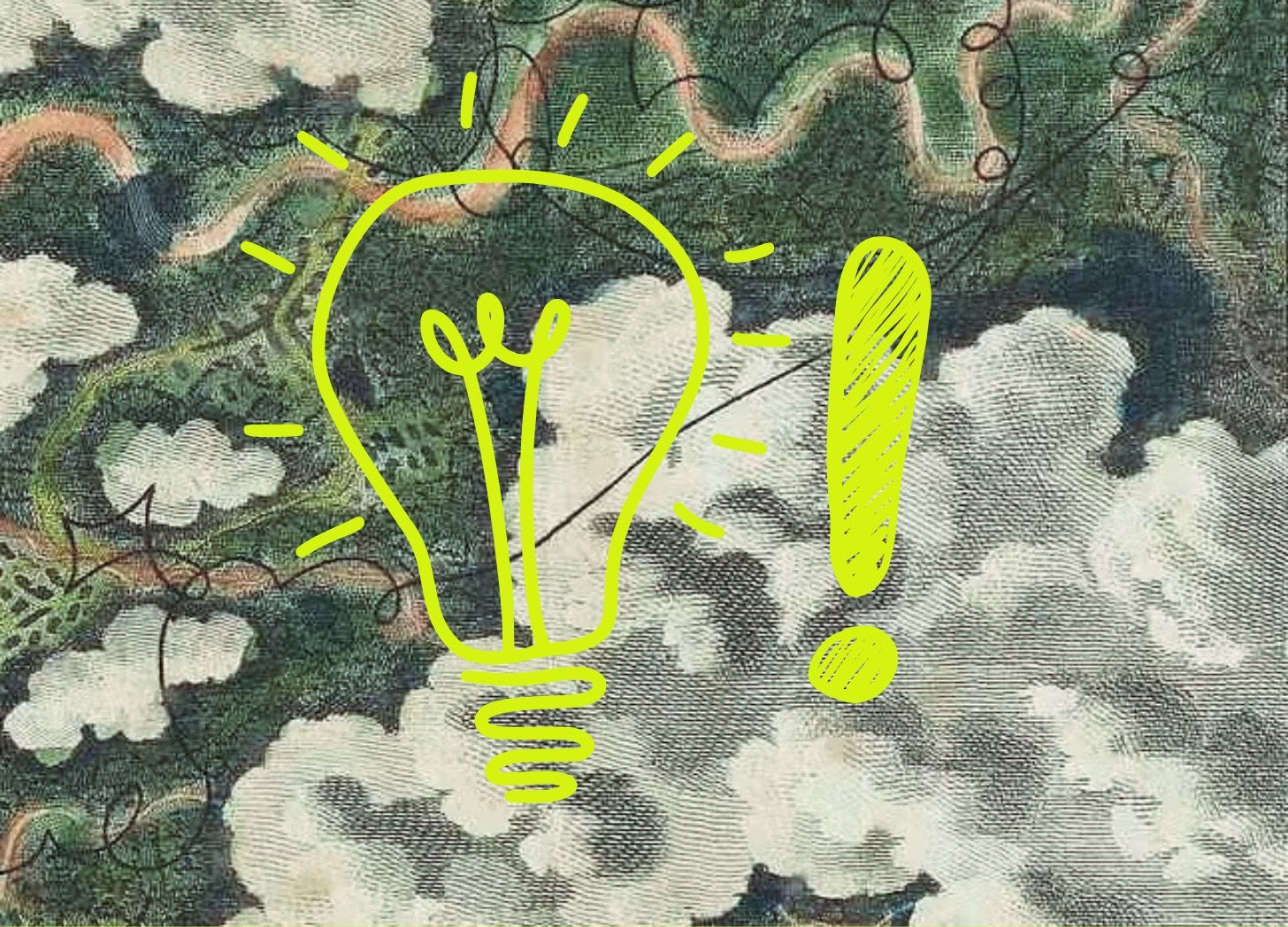An Editor's Best Message-Mapping Trick
How to structure good bones for your book or writing project
When people ask me what I do and I say I’m an editor, they often take this to mean my work is in refining grammar and punctuation.
Oh friend, I do no so such thing. Believe you me, the LAST thing anyone needs is to have me messing with your dangling participles and split infinitives. I’ve always operated more in the realm of intuition—I have an ear for music, I can intuit harmonies, but ask me about the rules? I happily leave that to the professionals lauded and loved as copyeditors.
But I do happen to know a really good punctuation trick. Just promise me you won’t tell the Chicago Manual of Style I’ve gone rogue!
As it turns out, punctuation can be a stellar shortcut to mapping your message.
As a writer, your essential ask of your readers is to follow you where the message might lead. This applies whether you’re working on a book, essay, or really any kind of creative project. As a reader, every single one of us wants to know: where are you taking me?
The writing task is about leading your reader in a journey of discovery. And if we’re going to play follow-the-leader, the leader had better know where we’re all headed. That’s where the punctuation trick comes in: my best trick for mapping your message. A creative liturgy, if you will, for bringing out the boldest best in what you have to say.
Let’s get into it.



